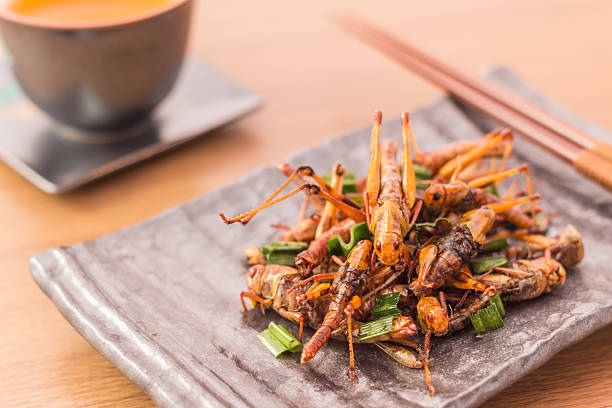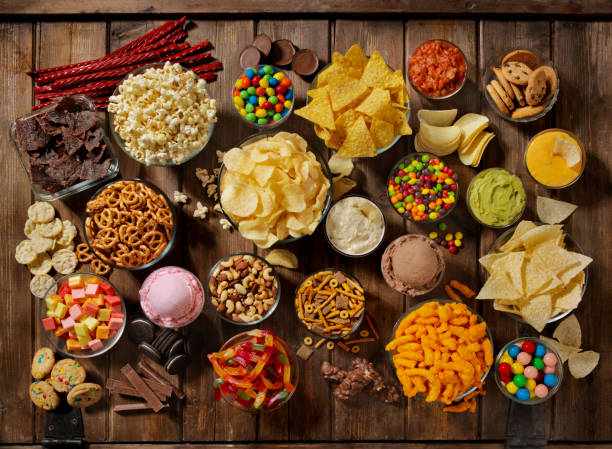Culinary Innovations: A Dive into the Exotic World of Edible Insects
Edible insects are blazing a trail in the culinary world, offering adventurous foodies a novel way to explore diverse flavors and textures. These tiny creatures are packed with nutrients, providing a sustainable and eco-friendly alternative to traditional meat sources. Let's embark on an exciting gastronomic journey to discover the appeal of edible insects.

The Buzz about Edible Insects
For many Western cultures, the idea of munching on insects might induce a shudder. However, in many regions around the world, including Africa, Asia, and South America, insects have been part of the diet for centuries. Over 2,000 insect species are edible and they are consumed in a variety of ways - roasted, fried, or even raw. Insects like crickets, mealworms, and silkworms are not only rich in protein, but also packed with vitamins, minerals, and fiber.
The Sustainability Factor
With the world’s population set to reach nearly 10 billion by 2050, finding sustainable food sources is critical. Insects require significantly less land, water, and feed than traditional livestock. They emit fewer greenhouse gases, making them a more sustainable choice. Plus, they can be farmed in urban environments, reducing the need for transportation and thus further minimizing their carbon footprint.
Insect Cuisine: A Gastronomic Delight
The culinary potential of insects is vast. Crickets, with their mild, nutty flavor, can be ground into flour and used in baking or pasta-making. Mealworms, meanwhile, have a slightly meaty taste and can be used in everything from salads to stir-frys. Restaurants and chefs worldwide are experimenting with insect-based dishes, creating innovative recipes that challenge our perceptions of what is edible.
Quick Facts and Tips
- Insects are a great source of protein, essential amino acids, vitamins, and minerals.
- The FAO (Food and Agriculture Organization) has promoted insects as a potential solution to global food security.
- Always source your edible insects from reputable suppliers to ensure they are safe to eat.
- Try starting with insect-based products like cricket flour or protein bars if you’re hesitant about eating whole insects.
Overcoming the ‘Yuck’ Factor
The biggest hurdle to widespread acceptance of insects as food is often psychological. We need to challenge our preconceived notions about what constitutes food. Education and exposure are key - understanding the nutritional and environmental benefits of edible insects can make them seem a lot less scary.
Future of Food: From Trend to Mainstream
Edible insects are more than just a passing trend. As consumers become more conscious about their dietary choices and their impact on the environment, insects offer a viable solution. While they may not replace traditional protein sources entirely, they are likely to become a more common part of our diets in the future.
In conclusion, edible insects represent an exciting frontier in the world of gastronomy. They offer us a chance to expand our culinary horizons, explore diverse flavors and textures, and contribute to a more sustainable future. So, are you ready to take a bite out of this culinary adventure?





